
Tying the Girdle Bug by Steve Yates The Rubber legged girdle bug is one of Montana's legendary trout flies. Like so many flies I prefer these days, this version is simple to tie, and is very durable. It was designed to imitate large stonefly nymphs, hellgrammites, and craneflies. It was thought to have been first used by the local anglers on the Big Hole River. Lost in the murky currents of time however is the original name of the girdle bug. Hook: Mustad 79580 sz 6
|
 |
|
|---|
 |
|
|---|
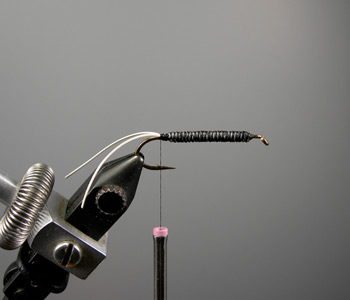 |
Step 3- Tie in a single strand of rubber leg material behind the lead wraps for the tail. I like to double the piece of rubber leg around my thread and slide it down the thread into place. The length of the tail and legs should be about a hook shank length on this fly.
|
|---|
 |
|
|---|
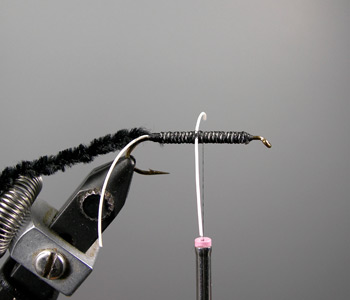 |
|
|---|
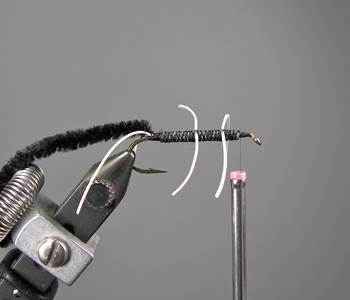 |
Step 6- Advance your thread half the distance between the first set of legs and the hook eye and tie in a second set of legs using the same technique as the first set. I like to trim the rubber legs and tail about a shank length now. It makes wrapping the chenille easier.
|
|---|
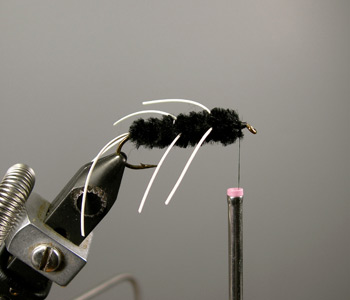 |
Step 7- Wrap the chenille body, be careful not to trap the legs or tail.
|
|---|
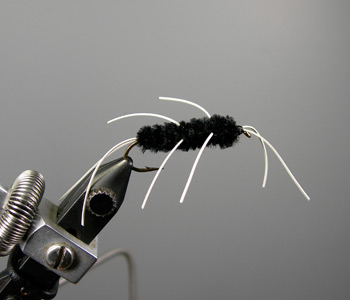 |
Step 8- Add one more piece of rubber leg material for the antennae. Again, just like the tail, I like to double the material over my thread and slide it down the thread into place. Make a few wraps between the rubber leg material to separate it and insure that you don't close off any of the hook eye.
|
|---|
